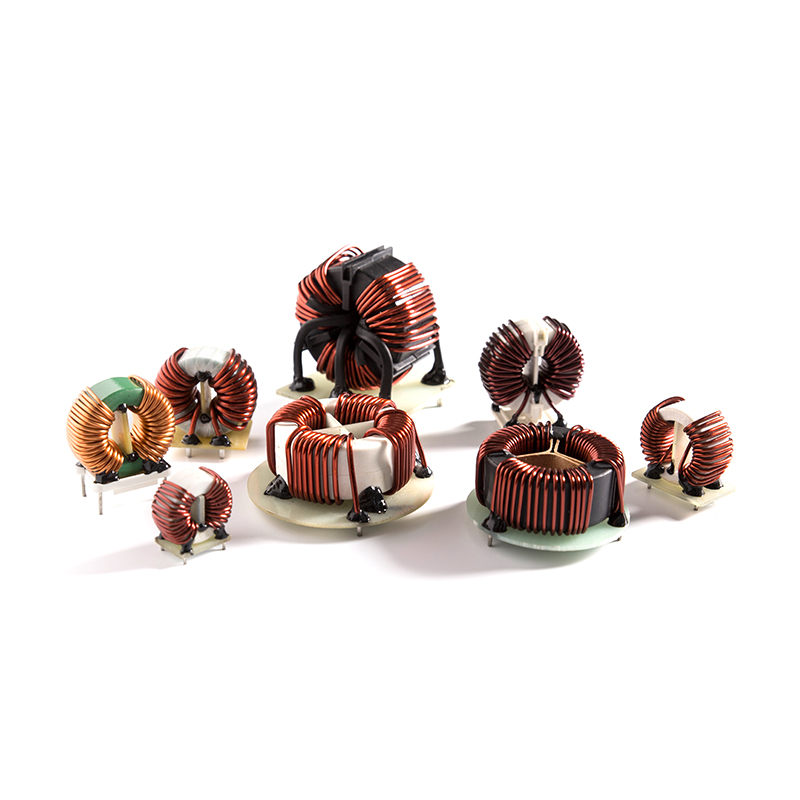In the ever-evolving landscape of electronics, the demand for smaller, more efficient components has become a central focus. One such innovation that has been gaining traction is the amorphous nanocrystalline filter inductor. These cutting-edge inductors are redefining how we approach power conversion and filtering in electronic systems. By combining the unique properties of amorphous and nanocrystalline materials, these inductors offer unprecedented performance benefits that traditional ferrite or powder core inductors simply cannot match.
So, what makes amorphous nanocrystalline filter inductors stand out? To begin with, their material composition plays a pivotal role. Amorphous metals lack the long-range atomic order found in crystalline materials, giving them superior magnetic properties such as low coercivity and high saturation flux density. Meanwhile, nanocrystalline alloys—formed by heat-treating amorphous precursors—introduce fine-grained structures that enhance permeability and reduce core losses. Together, these characteristics result in inductors that operate with exceptional efficiency, even at high frequencies.
The advantages of using amorphous nanocrystalline filter inductors extend beyond their material properties. In modern power electronics, where miniaturization is key, these inductors excel due to their compact size and lightweight design. Their ability to handle higher current densities while maintaining low thermal output makes them ideal for applications like renewable energy systems, electric vehicles (EVs), and advanced telecommunications equipment. For instance, EV charging stations require highly efficient power conversion to minimize energy loss during operation. Here, amorphous nanocrystalline inductors shine, providing stable performance under demanding conditions without adding bulk to the system.

Moreover, the reduced electromagnetic interference (EMI) generated by these inductors is another significant advantage. Traditional inductors often struggle with EMI, which can disrupt neighboring circuits and degrade overall system performance. Amorphous nanocrystalline cores, however, exhibit excellent noise suppression capabilities, ensuring cleaner power delivery and improved signal integrity. This feature is particularly valuable in sensitive applications such as medical devices and aerospace electronics.
Despite their many benefits, there are challenges associated with adopting amorphous nanocrystalline filter inductors on a large scale. Manufacturing costs remain relatively high compared to conventional alternatives, primarily due to the specialized processes involved in producing amorphous and nanocrystalline materials. Additionally, engineers must account for the unique magnetic behavior of these inductors when designing circuits, requiring a deeper understanding of their operational dynamics.
Nevertheless, ongoing advancements in material science and manufacturing technologies are steadily addressing these hurdles. As production techniques become more refined and cost-effective, it’s likely that amorphous nanocrystalline filter inductors will see wider adoption across various industries. With their unparalleled combination of efficiency, reliability, and compactness, they represent a critical step forward in the pursuit of next-generation electronic solutions.

 English
English 中文简体
中文简体 Deutsch
Deutsch 日本語
日本語
 View More >>
View More >> View More >>
View More >> View More >>
View More >> View More >>
View More >> View More >>
View More >> View More >>
View More >> View More >>
View More >> View More >>
View More >>